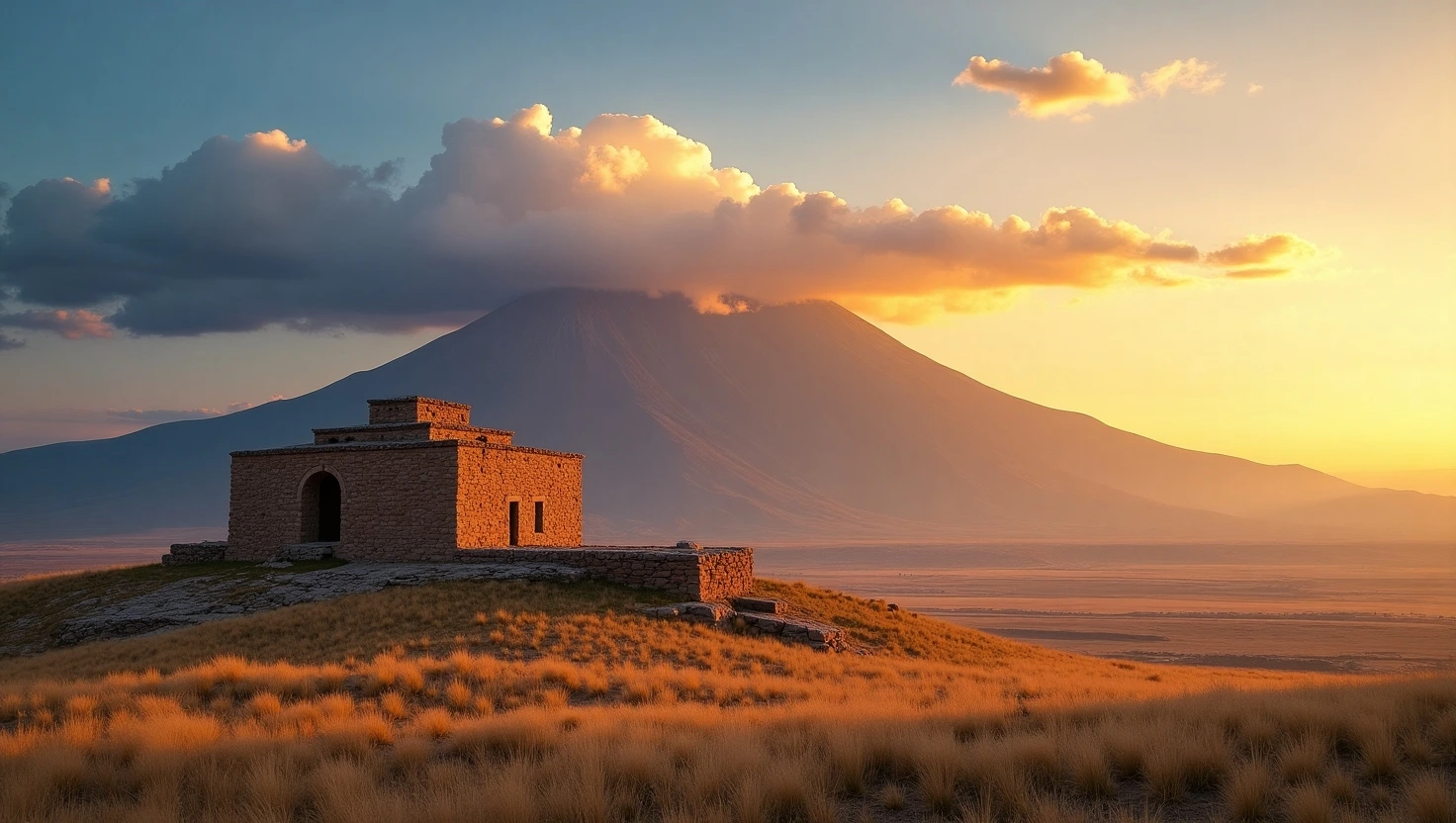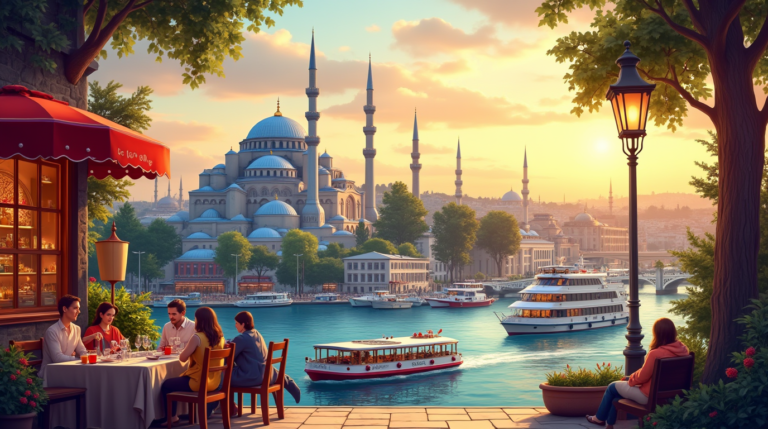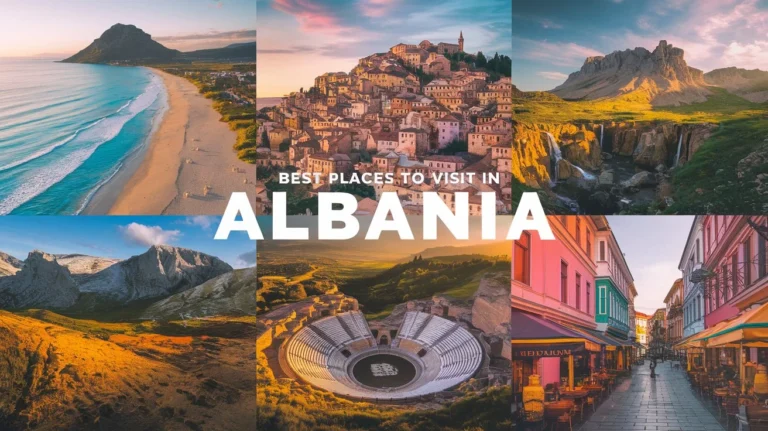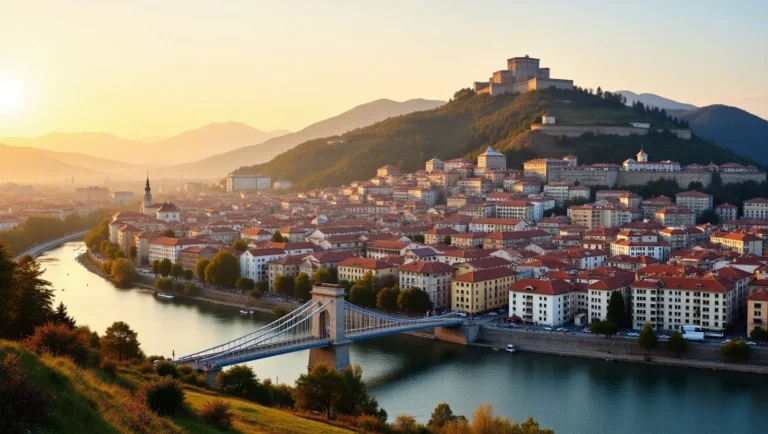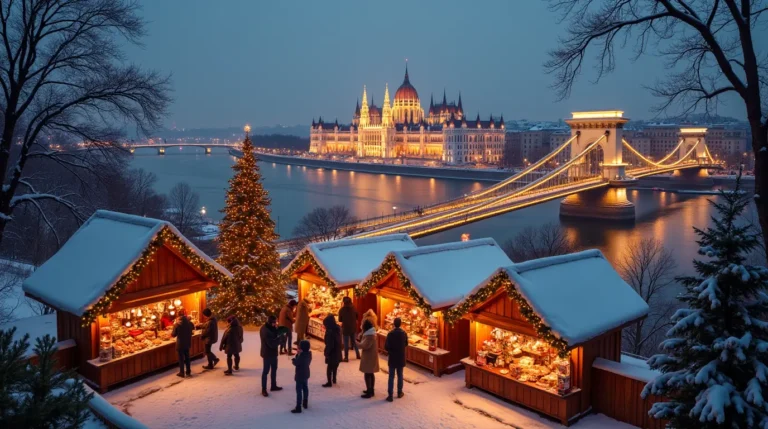Best Places to Visit in Armenia
Table of Contents
Introduction : Best Places to Visit in Armenia
Hey there, fellow wanderluster! Ever thought about exploring a country that’s basically an open-air museum with fewer tourists than your local coffee shop on a Monday morning? Let me introduce you to Armenia—a tiny Caucasus nation packed with ancient monasteries, breathtaking landscapes, and some of the most hospitable people you’ll ever meet. I’m about to share my favorite spots in this underrated gem that deserves way more attention on your travel bucket list.
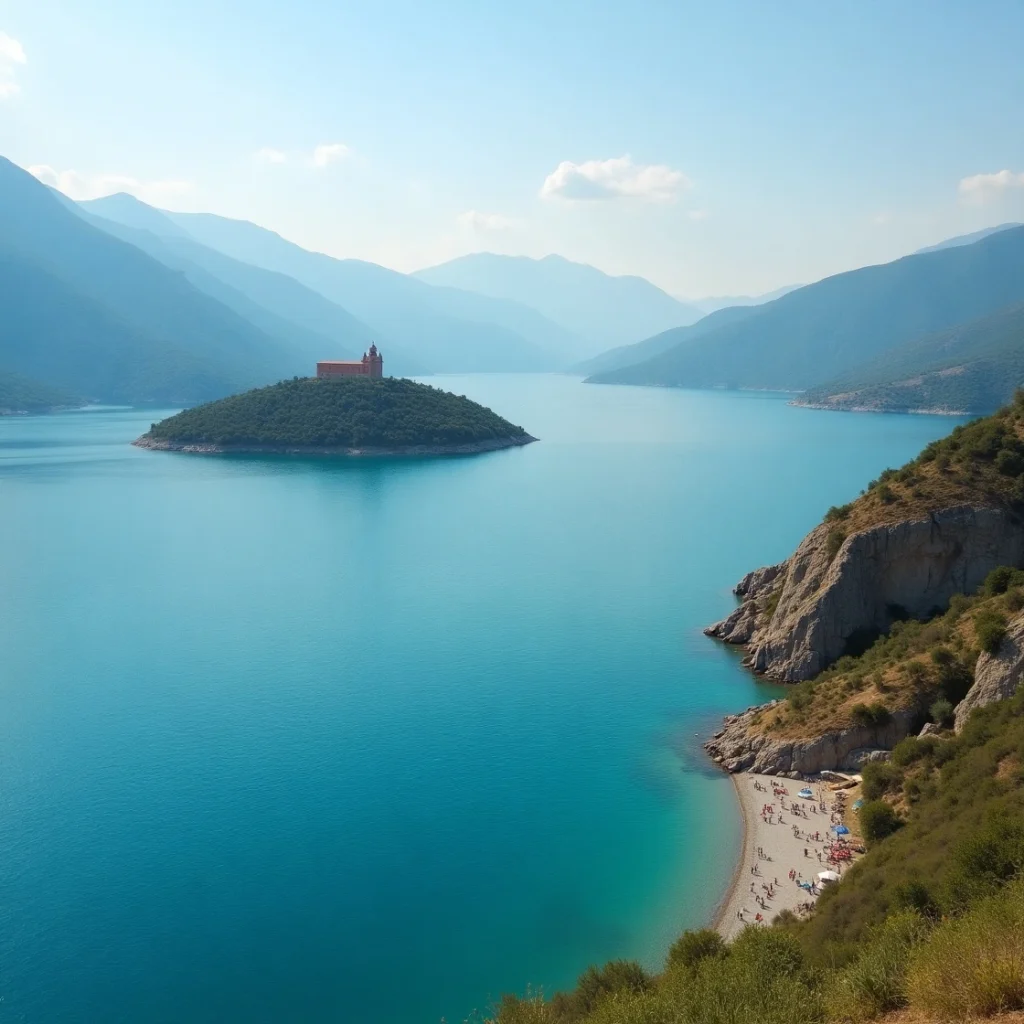

Yerevan: The Pink City
First stop—Armenia‘s capital, Yerevan. This city completely blindsided me with its cool, laid-back vibe and distinctive pink stone buildings (hence the nickname). At 2,800 years old, it’s actually older than Rome, but don’t expect a dusty museum piece. Modern Yerevan pulses with energy, especially around Republic Square.
The Cascade Complex absolutely blew my mind—imagine a giant limestone stairway doubling as an art museum, climbing up the hillside with incredible city views. I spent an entire evening here watching the sunset paint Mount Ararat gold while locals played chess and sipped wine around me. Pure magic.
Speaking of Mount Ararat—you’ll see this biblical mountain looming over the city from almost everywhere. Though it’s technically in Turkey now, Armenians consider it their spiritual homeland, and you’ll quickly understand why they’re so attached to this majestic peak.
Don’t miss the weekend Vernissage Market, where you can score everything from Soviet memorabilia to handcrafted chess sets (Armenia is obsessed with chess, BTW). I found a vintage camera here that’s now my prized possession—just remember to bargain!
For history buffs, the Armenian Genocide Memorial provides a sobering but essential understanding of the country’s painful past. The museum tells the story with incredible dignity and will help you understand the resilience that defines Armenian identity today.
Monastery of Geghard and the Upper Azat Valley
Ready for some jaw-dropping medieval architecture? The Geghard Monastery literally emerges from the mountain—parts of it are carved directly into the cliff face! Dating back to the 4th century, this UNESCO site features chambers connected by passages and decorated with intricate crosses carved into the rock.
What makes this place extra special is the acoustics inside the main chamber. I was lucky enough to hear a local vocal quartet performing traditional Armenian songs, and I’m not exaggerating when I say it brought tears to my eyes. The sound resonates through the stone in a way that feels almost supernatural.
The monastery’s name means “monastery of the spear,” referring to the weapon that supposedly wounded Jesus during his crucifixion—which they claim was kept here for centuries. Whether you believe that or not, the spiritual energy of this place is undeniable.
FYI, combine this visit with nearby Garni Temple (coming up next!) since they’re only about 10 minutes apart.
Garni Temple
Speaking of Garni—this Greco-Roman temple stands out like a sore thumb in Armenia, and that’s exactly what makes it so fascinating! It’s the only pagan temple that survived the country’s conversion to Christianity, and it looks like someone plucked the Parthenon from Athens and dropped it into the Armenian countryside.
Built in the 1st century AD, the temple overlooks a stunning gorge with basalt columns known as the “Symphony of Stones.” The contrast between the classical temple architecture and the wild Armenian landscape creates a scene straight out of a fantasy novel.
I visited during the summer solstice when they hold special celebrations here, and watching the sunset align perfectly with the temple columns made me feel like I’d traveled back 2,000 years. Time your visit around sunset for the best photos—the golden light on the honey-colored stone is pure photographer’s heaven.
Khor Virap Monastery
Ever wanted to take that perfect postcard shot that captures a country’s essence? Khor Virap is that spot in Armenia. This monastery sits on a small hill with Mount Ararat creating the most dramatic backdrop imaginable. On clear days, it feels close enough to touch, though it’s actually across the border in Turkey.
Beyond the killer views, Khor Virap has serious historical significance as the place where Saint Gregory the Illuminator (the dude who converted Armenia to Christianity) was imprisoned in a deep pit for 13 years. Yes, you can actually climb down into this pit—though if you’re claustrophobic like me, you might just peek in and back away slowly. 🙂
The monastery itself is relatively small, but what it lacks in size it makes up for in location and cultural importance. I suggest bringing a picnic and spending time in the surrounding fields, where local farmers sometimes sell fresh fruit in summer.
Tatev Monastery via Wings of Tatev Cable Car
Ready for an adrenaline rush with your cultural immersion? The journey to Tatev Monastery is half the fun, thanks to the “Wings of Tatev”—the world’s longest reversible cable car. This 12-minute ride dangles you over the spectacular Vorotan Gorge, with views that’ll have your Instagram followers accusing you of photoshopping.
Once you arrive at Tatev, you’ll discover a 9th-century monastery complex perched dramatically on a cliff edge. The main church features some incredible medieval frescoes, and the monk’s quarters offer a glimpse into monastic life. Don’t miss the Gavazan Column—a unique 8th-century pendulum-like pillar that actually moves slightly during earthquakes and served as an early seismic warning system. Medieval engineering at its finest!
I spent a whole day exploring Tatev and the surrounding area, and honestly, I could have stayed longer. The remote location means fewer tourists, and the silence broken only by wind and distant shepherd bells creates an atmosphere you won’t find in more popular European destinations.
Lake Sevan
Need a beach day during your Armenian adventure? Head to Lake Sevan, often called the “Armenian Sea” since this landlocked country needs its own version of coastal vibes. Sitting at 6,200 feet above sea level, this massive blue lake covers almost 5% of Armenia’s territory.
The Sevanavank Monastery on the northwestern shore sits on what used to be an island before the lake’s water level dropped in Soviet times. The climb up to this 9th-century site left me breathless—partly from exertion and partly from the spectacular 360-degree views of the lake and surrounding mountains.
Summer brings Armenian families to Sevan’s beaches for swimming and sunbathing. The water’s pretty chilly even in August (mountain lake, remember?), but that doesn’t stop locals from having a great time. Join them for a lakeside barbecue of ishkhan—the famous Sevan trout that’s a must-try local delicacy.
Dilijan: The Armenian Switzerland
Tired of ancient stones and craving some greenery? Dilijan is your answer—a lush forest retreat that Armenians proudly call their Switzerland. This spa town nestled in the Dilijan National Park offers a completely different landscape from the rest of Armenia, with misty forests, green mountains, and clear springs.
The old town has been beautifully restored, with traditional wooden balconies and craftsmen’s workshops where you can watch artisans at work. I spent hours wandering these cobblestone streets, popping into little shops selling everything from homemade preserves to hand-carved wooden sculptures.
Hiking opportunities abound in the surrounding national park. The Transcaucasian Trail passes through here, offering routes for every fitness level. I tackled the path to Parz Lake—an easy 2-hour hike rewarded with reflections of forest and sky on crystal-clear water. Magical doesn’t even begin to describe it.
Noravank Monastery
If dramatic settings impress you, Noravank will knock your socks off. This 13th-century monastery is tucked into a narrow gorge surrounded by towering brick-red cliffs that change color throughout the day. The contrast between the warm-toned stone of the church and the rust-red cliffs creates a scene that looks more like Mars than Earth.
The main church features a unique second-floor entrance reached by a narrow stone staircase built into the exterior wall—with no railing! I’m not afraid of heights, but climbing those steps with the gorge dropping away beside me definitely got my heart racing.
What makes Noravank extra special is the incredible stone carving, particularly the tympanum over the main door showing God the Father with Adam and Peter. The level of detail achieved in the hard stone is mind-blowing, especially when you consider the limited tools available in medieval times.
Amberd Fortress
Want to channel your inner Stark family from Game of Thrones? Amberd Fortress delivers those vibes in spades. Perched at 7,000 feet on the slopes of Mount Aragats, this 7th-century fortress and adjacent 11th-century church have weathered centuries of invasions and harsh mountain conditions.
“Amberd” literally means “fortress in the clouds,” and when the mountain mists roll in, you’ll understand why. I visited on a partly cloudy day when the fortress would disappear into fog one moment and emerge dramatically the next—like something straight out of a fantasy film.
The drive up is an adventure in itself, with hairpin turns offering increasingly spectacular views of the Ararat plain below. In summer, the surrounding alpine meadows explode with wildflowers, creating a surprising contrast to the stark stone fortress.
Jermuk
Need some R&R after all that monastery-hopping? Jermuk, Armenia’s premier spa town, offers natural hot springs that have attracted wellness seekers for centuries. The Soviet-era health resorts might look a bit dated from the outside, but they offer amazing therapeutic treatments at prices that would make a Western spa enthusiast weep with joy.
The Gallery of Waters in the center of town lets you sample mineral waters of varying temperatures and mineral content directly from pipes—though fair warning, some taste pretty intense! I tried them all and settled on number 7 as my favorite, filling my water bottle several times during my visit.
Don’t miss the Jermuk Waterfall, affectionately called “Mermaid’s Hair” by locals. At 70 meters high, it’s quite impressive, especially in spring when snowmelt increases the water volume. The surrounding forests offer peaceful hiking trails where you might spot local wildlife if you’re quiet enough.
Gyumri
Armenia’s second-largest city deserves more attention than it gets. Gyumri suffered terribly in the 1988 earthquake but has rebuilt while preserving its distinctive character and black tuff stone architecture. The city has a thriving arts scene and a reputation for producing many of Armenia’s best-known artists, writers, and craftspeople.
The central Vartanants Square gives you a feel for Gyumri’s grandeur, surrounded by impressive 19th-century buildings. I spent hours in the Black Fortress, a imposing circular Russian fort built in the 1830s that now hosts cultural events with panoramic city views.
Gyumri’s food scene might actually be the best in Armenia, IMO. The local cheeses and cured meats are next-level delicious. I’m still dreaming about the tonir-baked lavash bread I had at a little family restaurant called Poloz Mukuch—so simple yet utterly perfect.
Areni Cave Complex
Ready for some serious time travel? The Areni-1 Cave complex takes you back over 6,000 years to some of humanity’s earliest innovations. Archaeologists discovered the world’s oldest shoe here (5,500 years old and better preserved than my hiking boots after one season), as well as evidence of the world’s oldest winery.
Yes, you read that right—Armenia boasts the earliest known wine production facility! The cave’s cool, dry conditions perfectly preserved grape seeds, fermentation vats, and even wine residue dating back to 4100 BCE. As a wine enthusiast, standing in the birthplace of winemaking gave me proper goosebumps.
The cave itself is fascinating even without the archaeological significance—its chambers extend deep into the hillside with stalactites and stalagmites creating otherworldly formations. The surrounding Vayots Dzor region is Armenia’s premier wine country today, so you can sample modern versions of what might be humanity’s oldest alcoholic beverage.
So there you have it—my favorite spots in Armenia, a country that packs an incredible punch for its small size. From ancient monasteries to mineral springs, wind-carved mountains to world-class wine, Armenia offers experiences you simply can’t find anywhere else.
The best part? Tourism infrastructure is improving rapidly, but you’ll still feel like you’ve discovered somewhere special rather than following a well-worn path. Combine that with some of the warmest hospitality you’ll ever experience and cuisine that’ll have you planning your return trip between bites, and you’ve got a destination that belongs at the top of your travel list.
Have you been to Armenia or planning a trip? I’d love to hear which of these places catches your eye the most. Trust me, this land of ancient stones and open hearts will steal a piece of yours before you leave!

